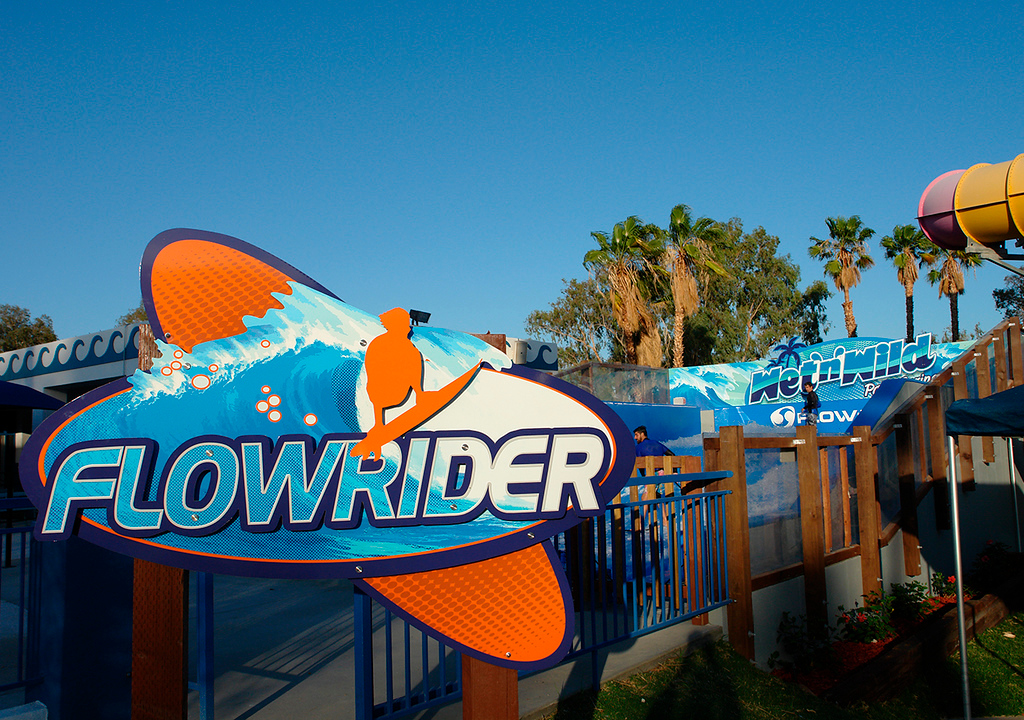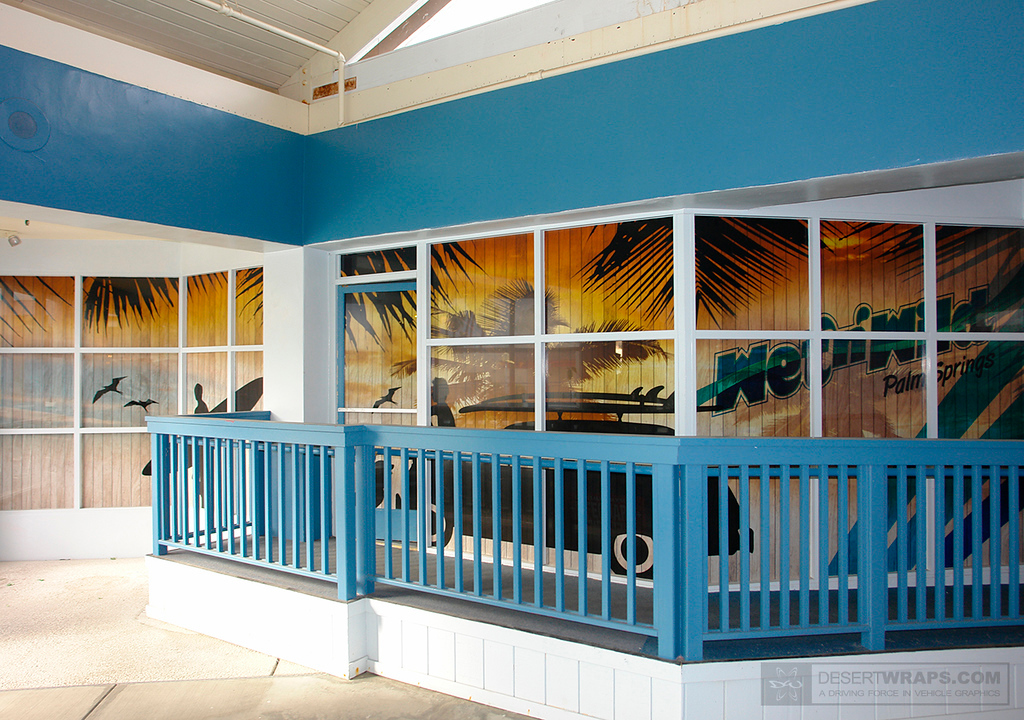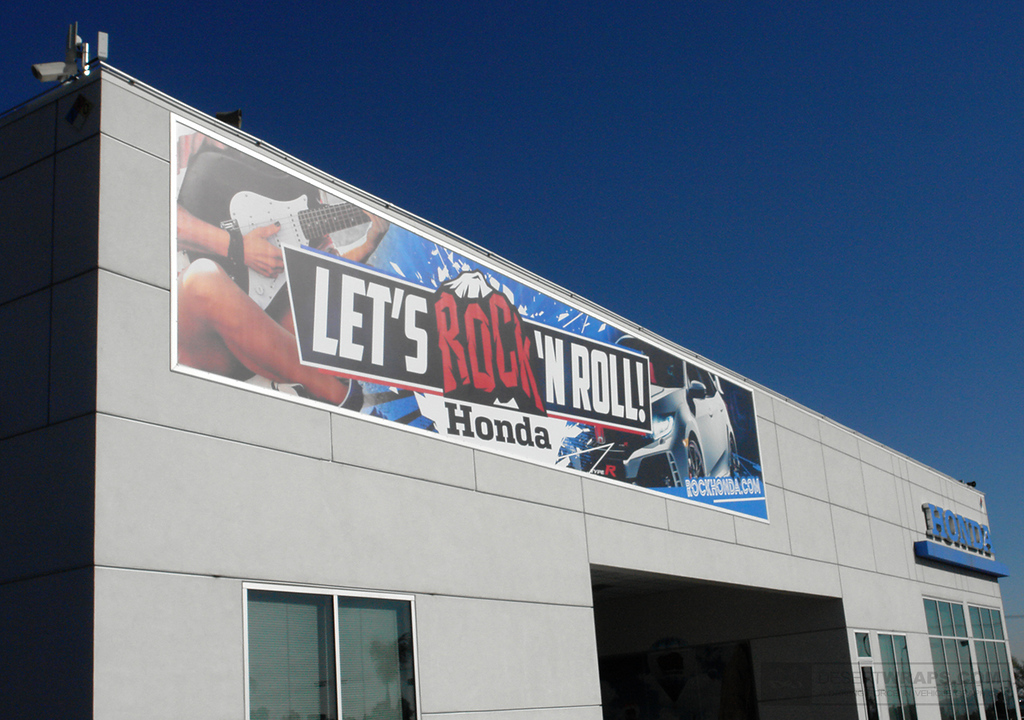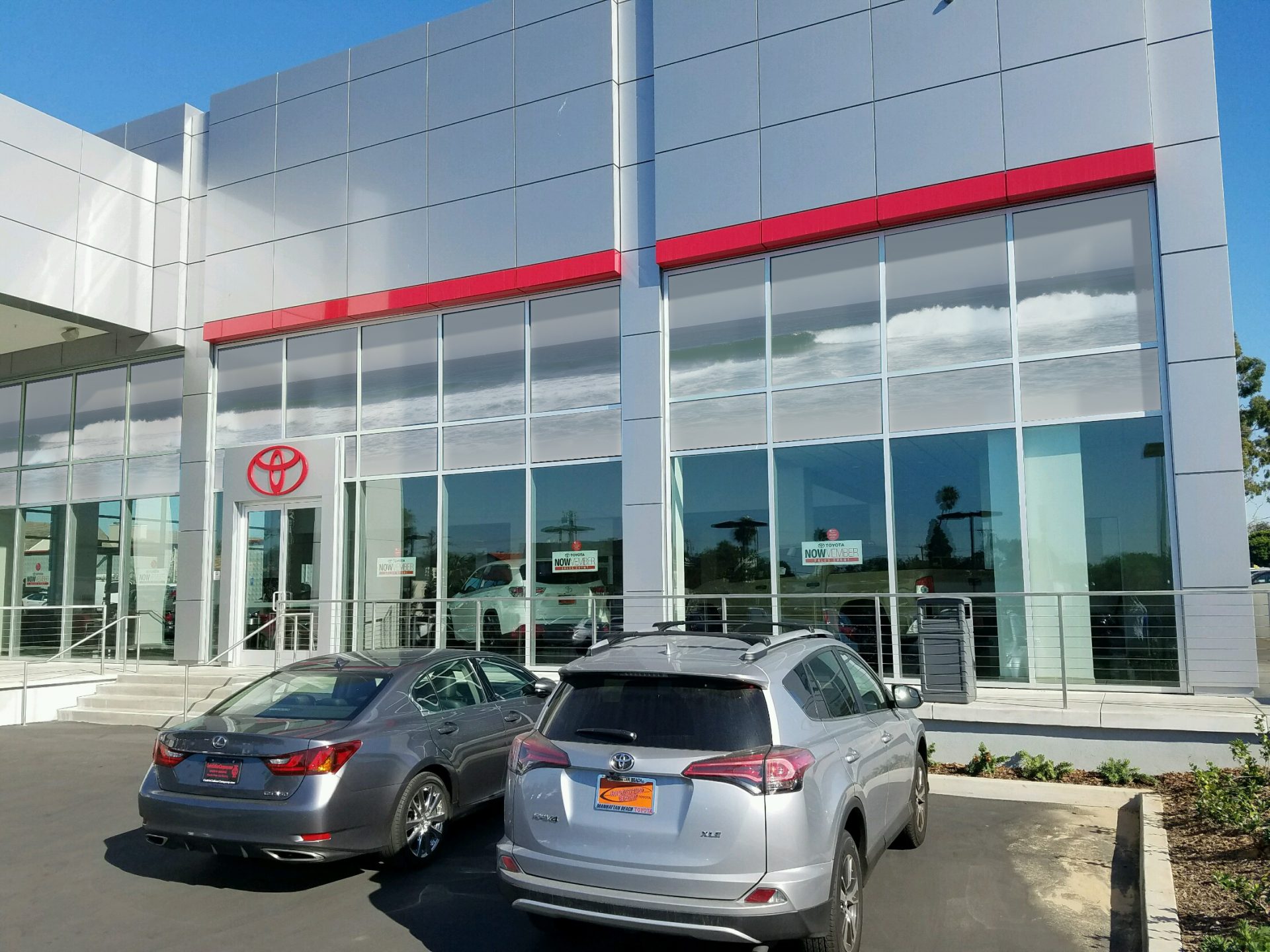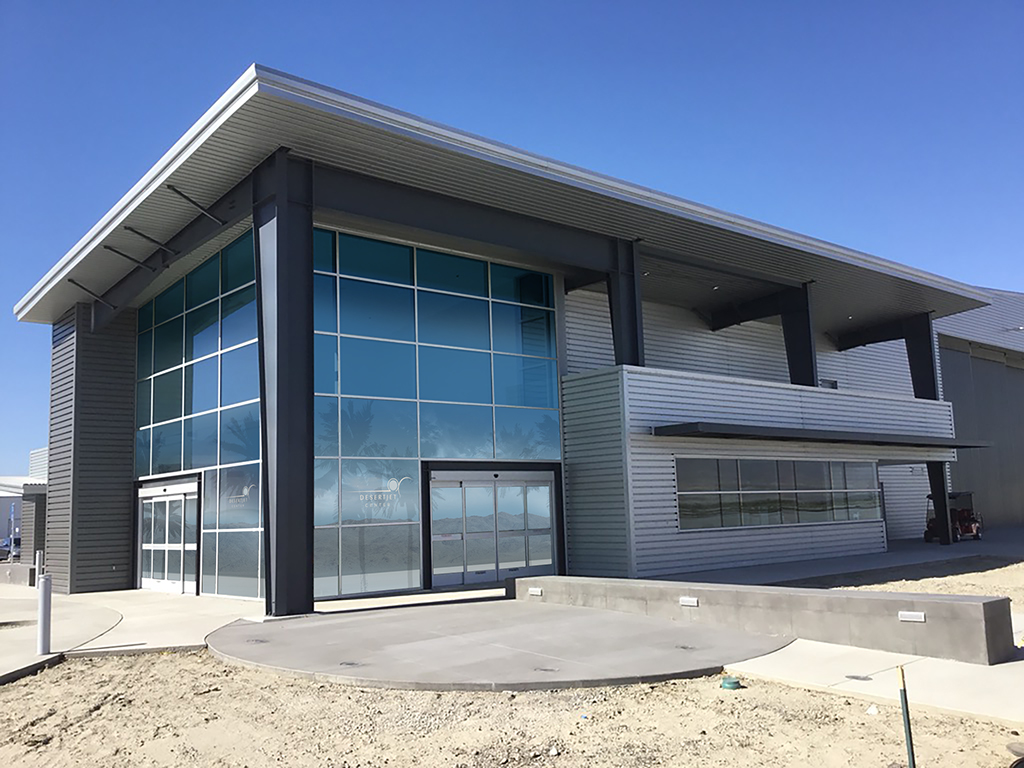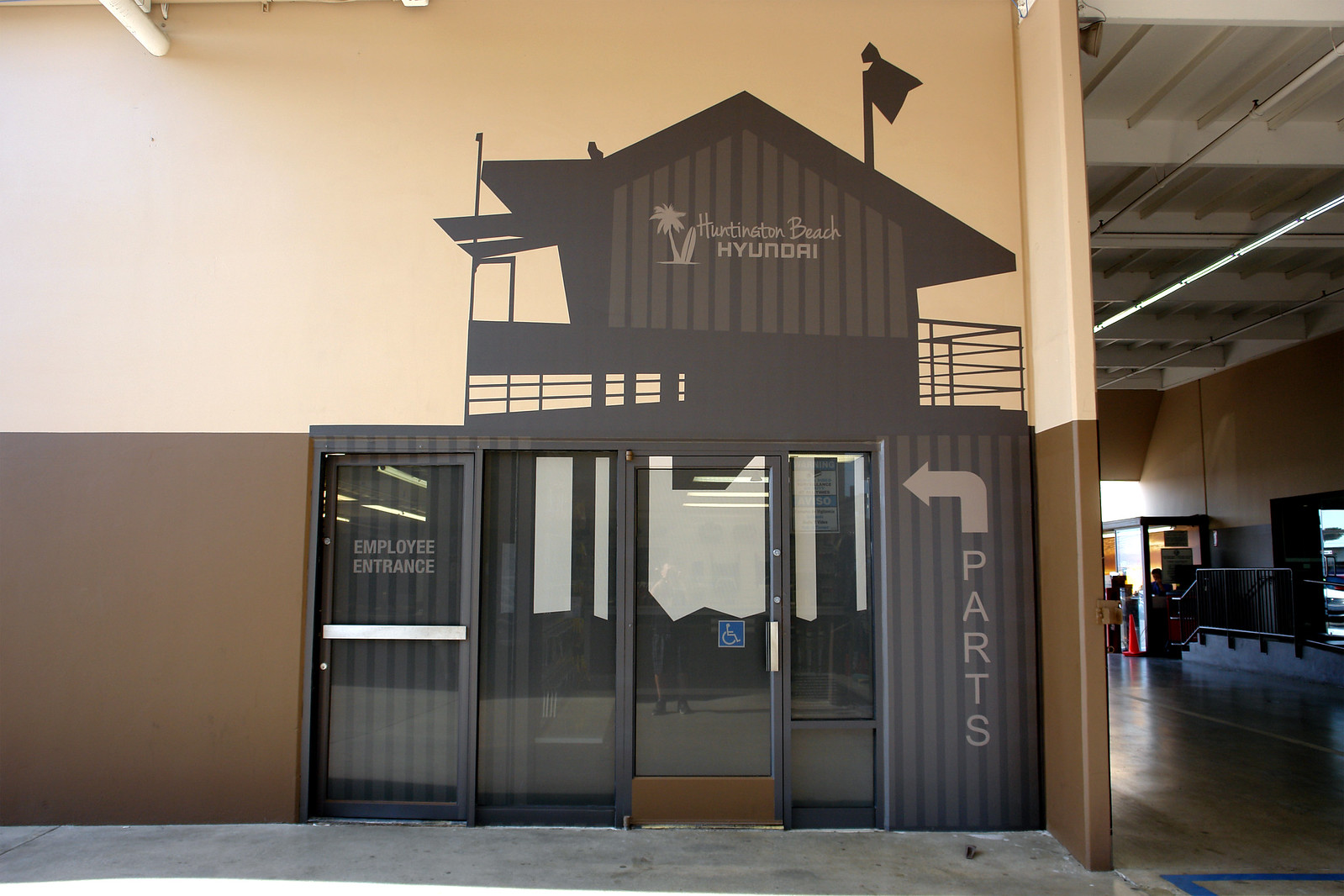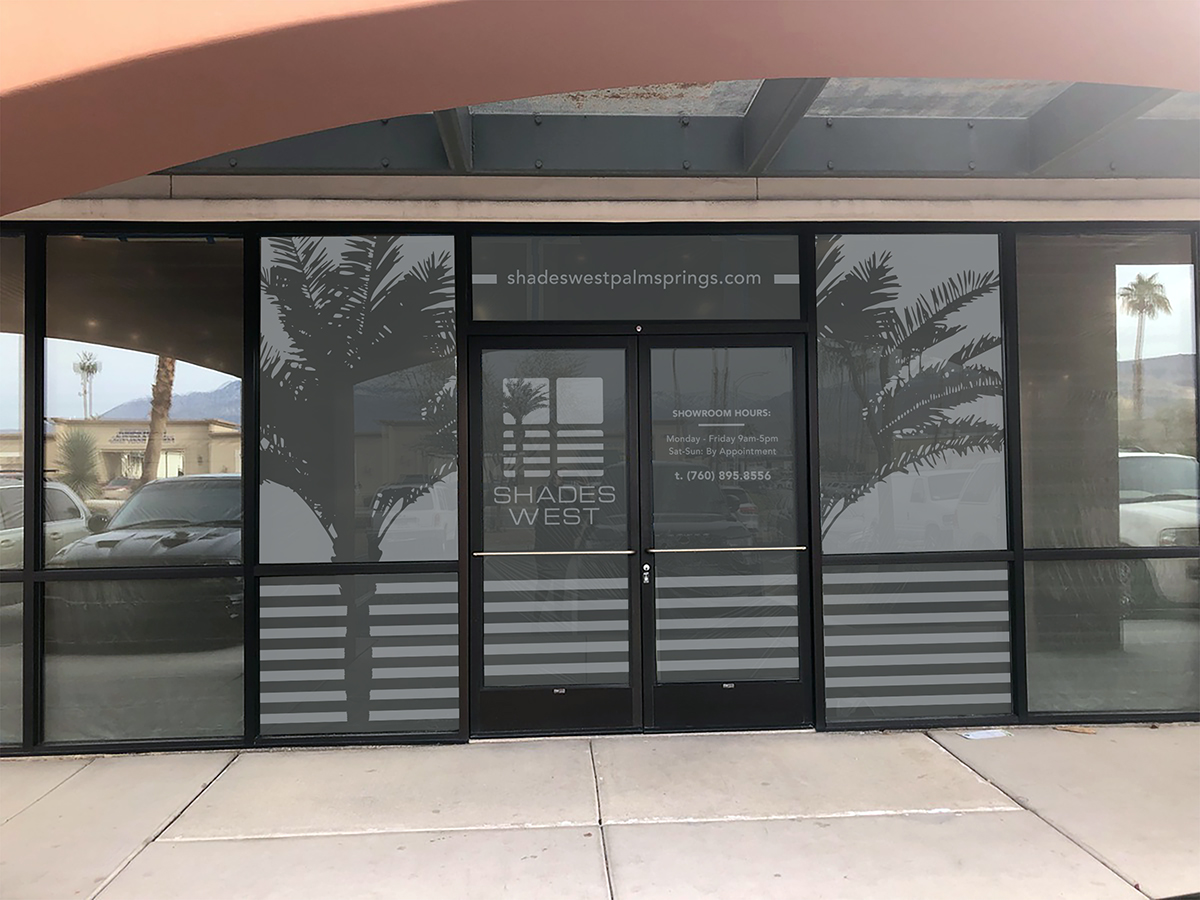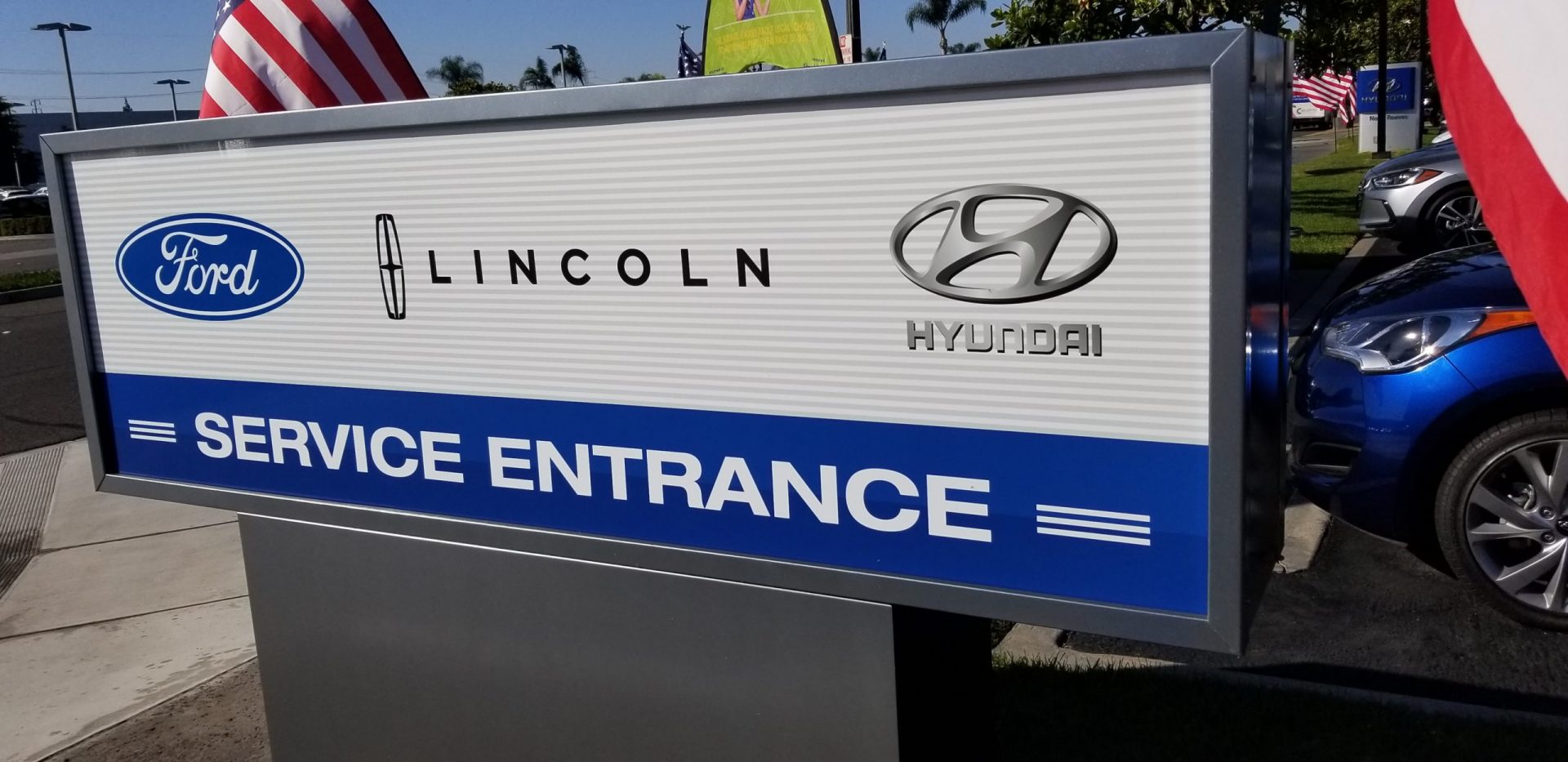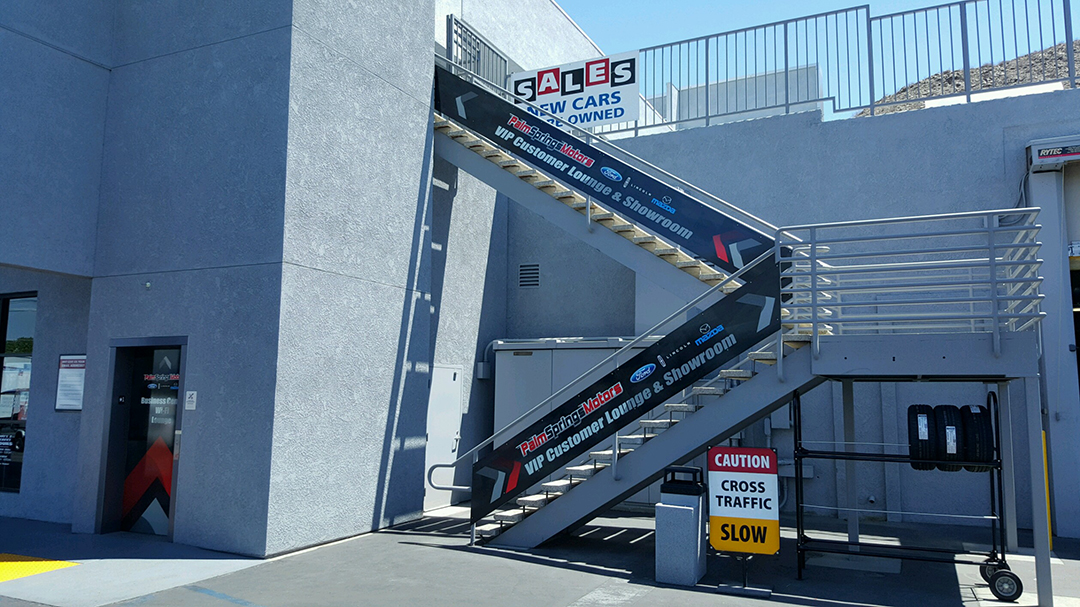Integrating graphic elements, messaging and brand architecture into your physical space.
We can help you establish that connection and build that loyalty though a custom branded environment.
Full in-house design services.
Fast turn around with off-hour and after-hour installation to avoid business disruption.
Interior Branding develops a story of your company’s brand culture by expressing the history, philosophy, vision and future of your brand and integrating graphic elements, messaging and brand architecture into your physical space.
Exterior Signage & Branding Projects
Exterior Signage & Branding
Exterior signage and branding play a crucial role in establishing a company’s identity and attracting customers. It is an essential aspect of marketing and communication, as it helps businesses convey their message, values, and personality to the public. Whether it’s a small retail store, a corporate office building, or a large shopping center, effective exterior signage and branding can make a significant impact on a company’s success.
Key Components of Exterior Signage & Branding:
Logo and Identity: The company’s logo is the centerpiece of its branding efforts. It should be visually appealing, memorable, and able to convey the essence of the business. The logo is used across all marketing materials, including exterior signage.
Signage Types: There are various types of exterior signage, including building signs, pylon signs, monument signs, channel letter signs, projecting signs, window graphics, and banners. The choice of signage depends on the business’s location, target audience, and visibility needs.
Branding Colors and Fonts: Consistent use of branding colors and fonts in signage ensures brand recognition and reinforces the company’s identity. Colors can evoke emotions and associations, while fonts can communicate the brand’s personality.
Visibility and Legibility: Signage should be easily visible from a distance and legible, even during different lighting conditions. The size, placement, and lighting of the signage are crucial factors to consider.
Target Audience: Understanding the target audience’s preferences and interests is essential for designing effective exterior signage. Signage that appeals to the target demographic is more likely to be noticed and remembered.
Local Regulations: Businesses need to comply with local zoning laws and regulations when installing exterior signage. This includes size limitations, height restrictions, illumination rules, and other guidelines.
Materials and Quality: The choice of materials for exterior signage should be durable and weather-resistant to withstand various environmental conditions. High-quality signage reflects positively on the business’s image.
Consistency: Consistent branding across all marketing channels, including interior and exterior signage, creates a strong brand identity and helps build trust with customers.
Call-to-Action (CTA): Some exterior signage may include a call-to-action, prompting customers to take specific actions, such as visiting the store, contacting the business, or availing of a promotion.
Adaptability: As businesses grow or change, their exterior signage should be adaptable enough to accommodate updates or rebranding efforts.
Remember, a well-designed and strategically placed exterior signage can act as a powerful marketing tool that draws customers in and reinforces the company’s image. It is worth investing time and effort into creating a strong and impactful exterior signage and branding strategy.





